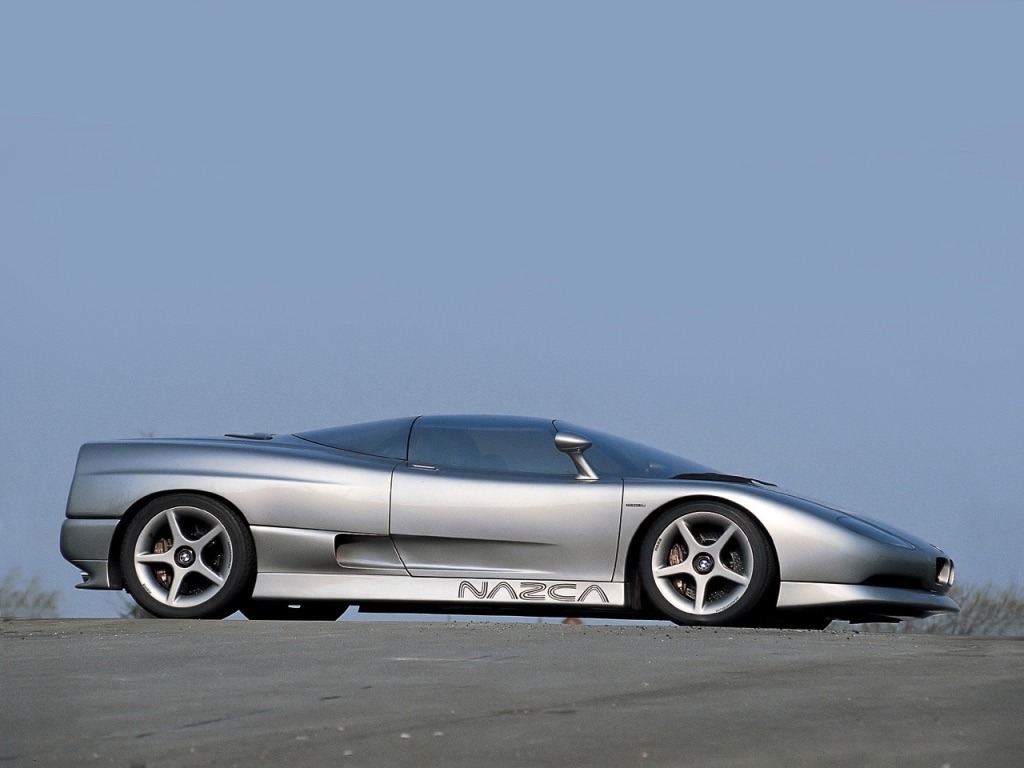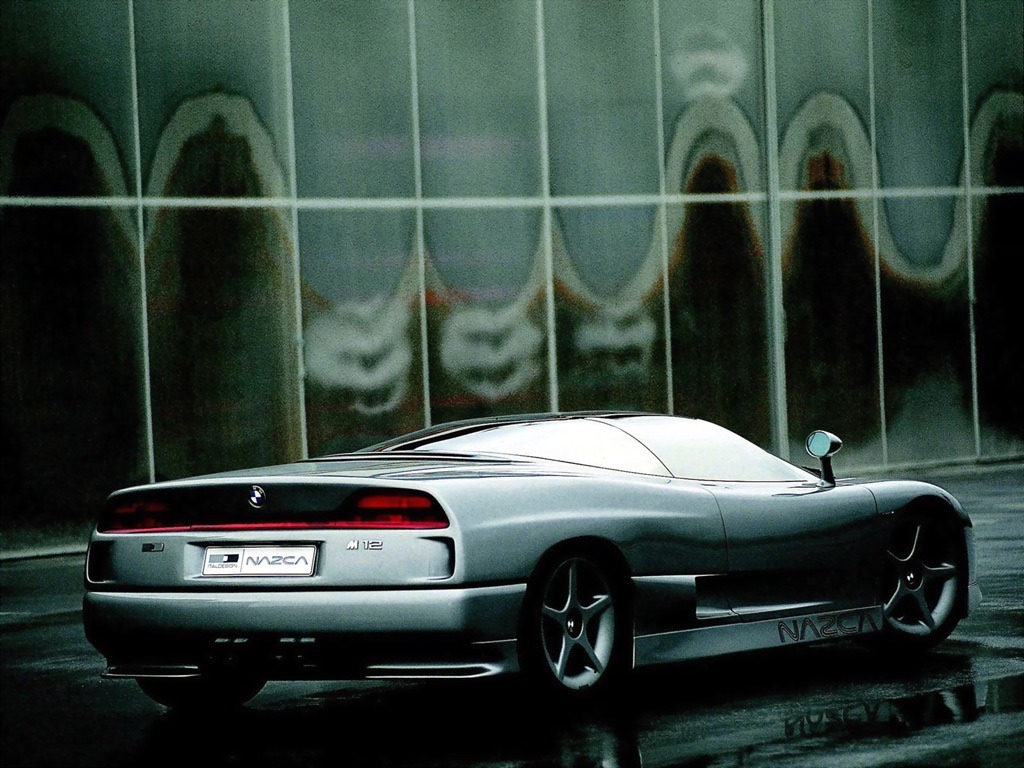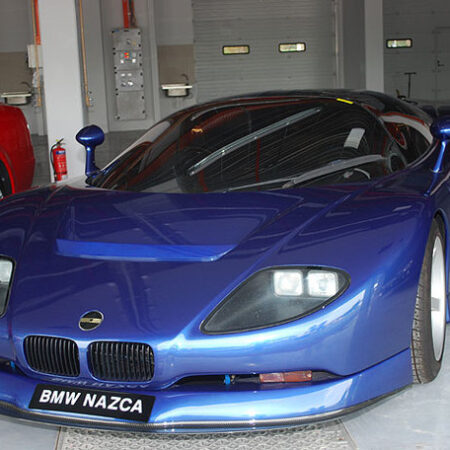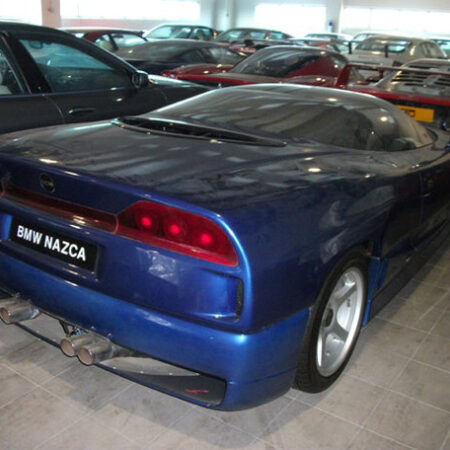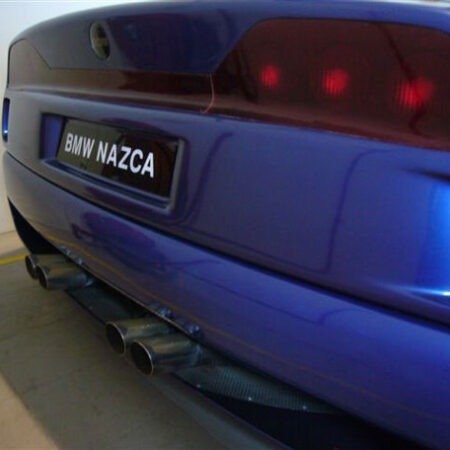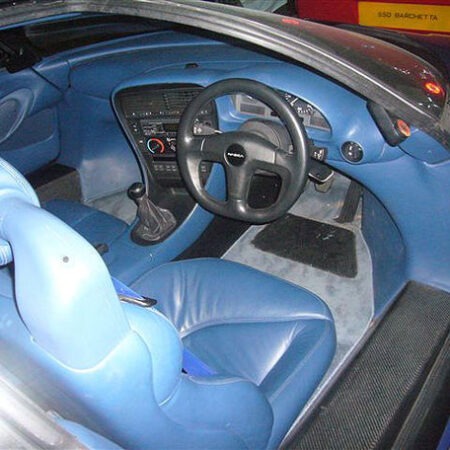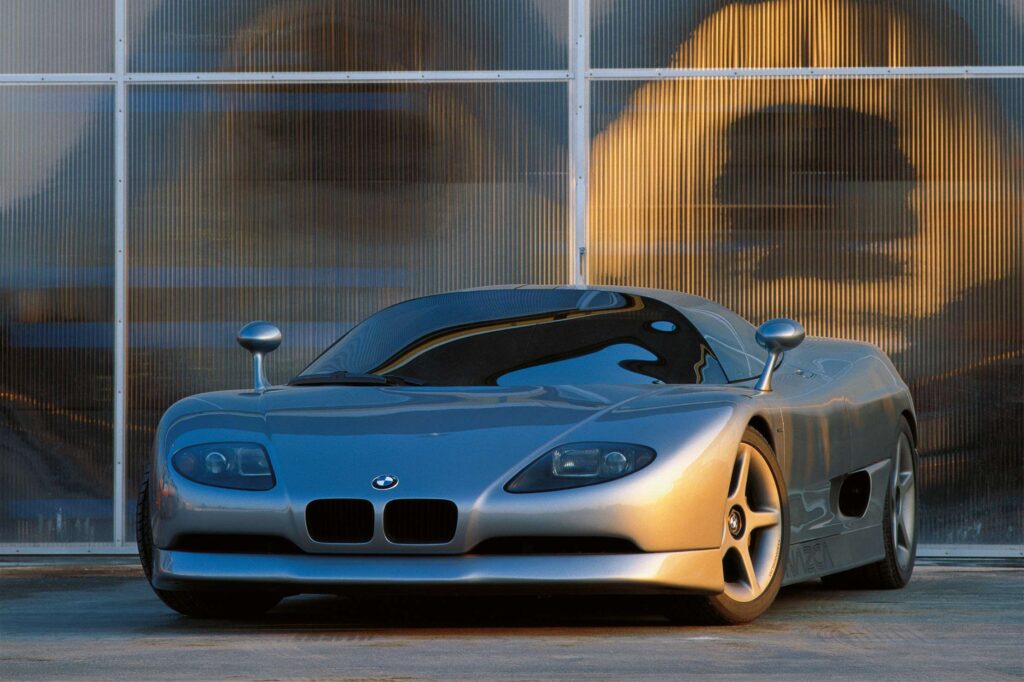
In the dynamic landscape of automotive design and engineering, the early 1990s saw the emergence of a groundbreaking collaboration between two industry giants Giorgetto Giugiaro’s Italdesign and BMW. The result of this union was the BMW Nazca M12, a vehicle that not only pushed the boundaries of aesthetics but also showcased technological innovations that set it apart from its contemporaries.
Background and Genesis of the Nazca Project
The Nazca project’s origins can be traced back to 1990 when the workload of the seasoned Giorgetto Giugiaro prompted him to pass the torch to his son, Fabrizio. At the tender age of 25, Fabrizio found himself at the helm of a project that would redefine the intersection of form and function in automotive design. The Nazca M12 made its debut in 1991 at the Tokyo Motor Show, revealing a design influenced by the Bugatti ID 90 concept unveiled a year prior.
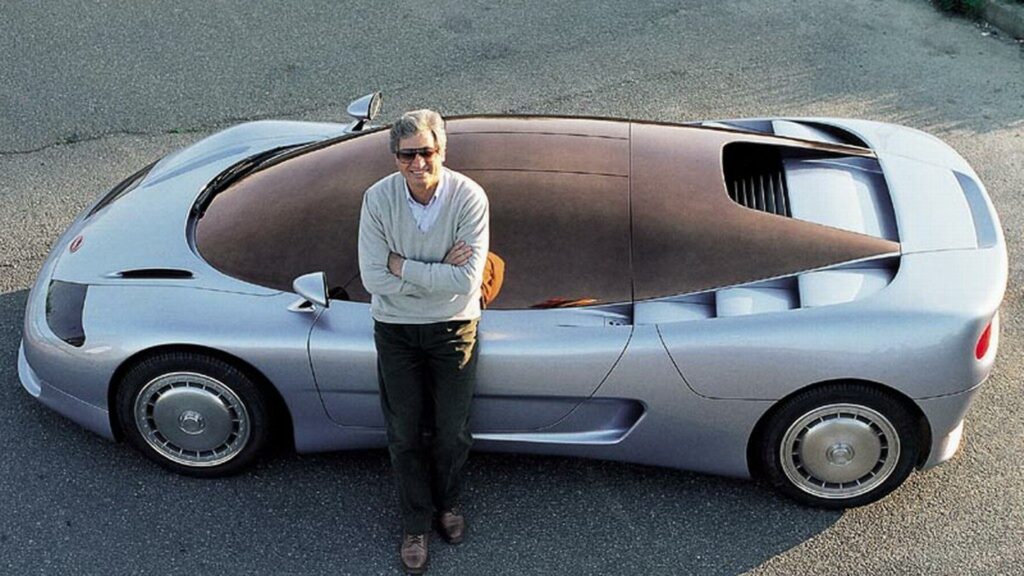
As Fabrizio Giugiaro stepped into the role of lead designer, a unique dynamic unfolded during the collaboration with BMW. Recollections of bi-weekly meetings with a room full of 15 German engineers underscored the gravity of the project. The Nazca M12 was conceptualized even before the BMW 850, utilizing a pre-production engine that was still in the experimental phase.
The Aesthetic Marvel: Design Philosophy and Inspirations
The Nazca M12’s aesthetic appeal drew inspiration from the sleek lines and aerodynamic features of Group C race cars. This influence permeated every aspect of the design, from the pronounced curves to the streamlined silhouette. The 12-cylinder BMW engine, placed centrally, became both a visual centerpiece and a testament to the collaboration’s commitment to performance.
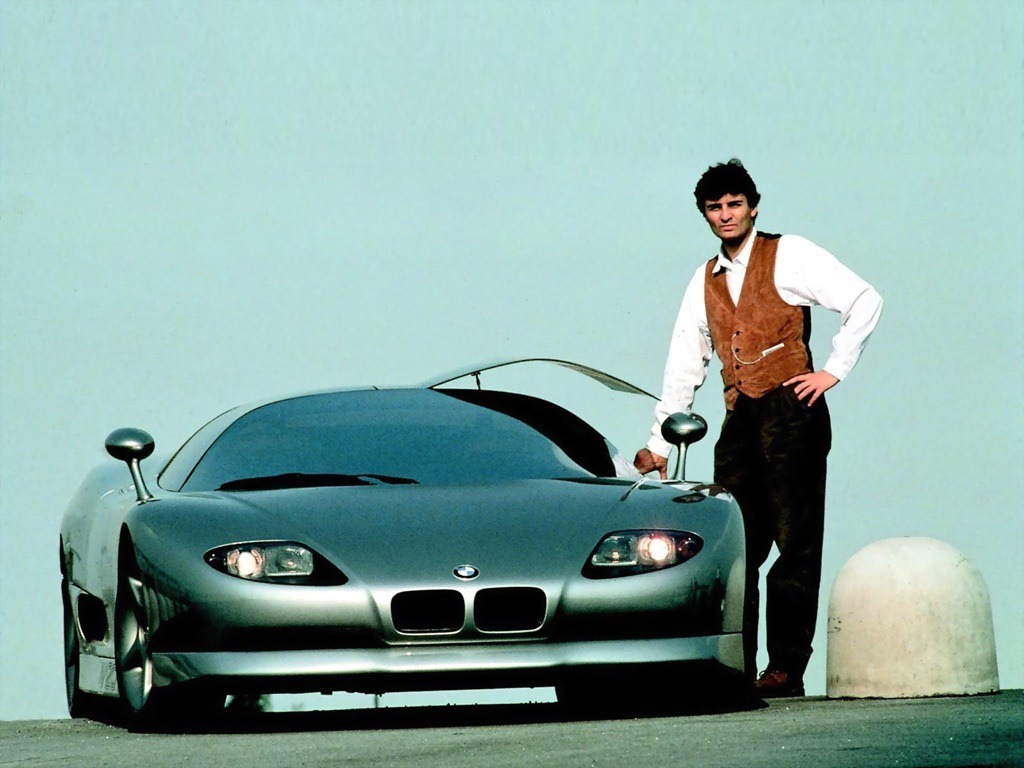
The BMW 12-cylinder engine, a technological marvel in its own right, was shrouded in secrecy during its development. An engineer, bound by confidentiality, constructed the engine in his own home. This clandestine approach not only highlighted the groundbreaking nature of the project but also added an air of mystique to the Nazca M12.
One of the Nazca M12’s defining features was its complete carbon fiber construction. Italdesign’s bold decision to utilize this lightweight yet robust material marked a paradigm shift in automotive manufacturing. The monocoque chassis, crafted from a single carbon fiber piece, contributed to the car’s svelte weight of 1,100 kg.
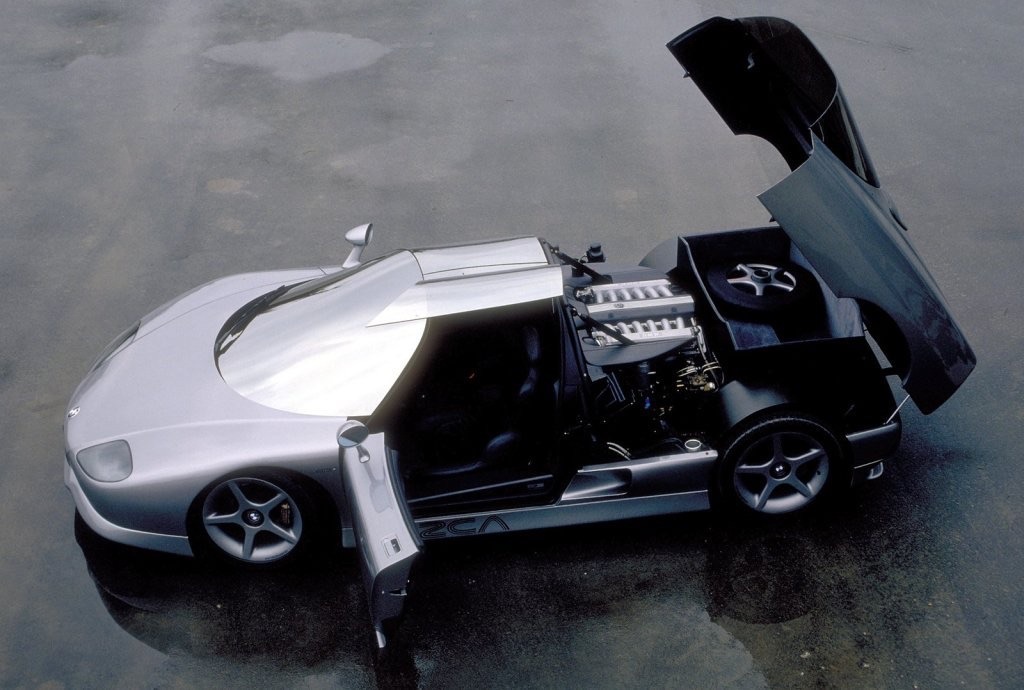
The gull-wing door mechanism, initially perceived as a theatrical touch, was a functional solution to the car’s low height. The glass engine cover, providing a mesmerizing view of the 5.0-liter V12 engine shared with the BMW 850i (Rumors suggest that its design is credited to Pininfarina, leading to alterations to accommodate the Ferrari 456 – read the story), added a layer of sophistication to the Nazca M12’s exterior.
Innovations Beyond Aesthetics
The BMW Nazca M12 was not merely a visual spectacle; it was a technological tour de force. It boasted the distinction of being the first car to feature ABS, anti-skid, and an adjustable suspension system: a testament to its commitment to both safety and performance. These innovations showcased the foresight and engineering acumen that characterized the collaboration between Italdesign and BMW.
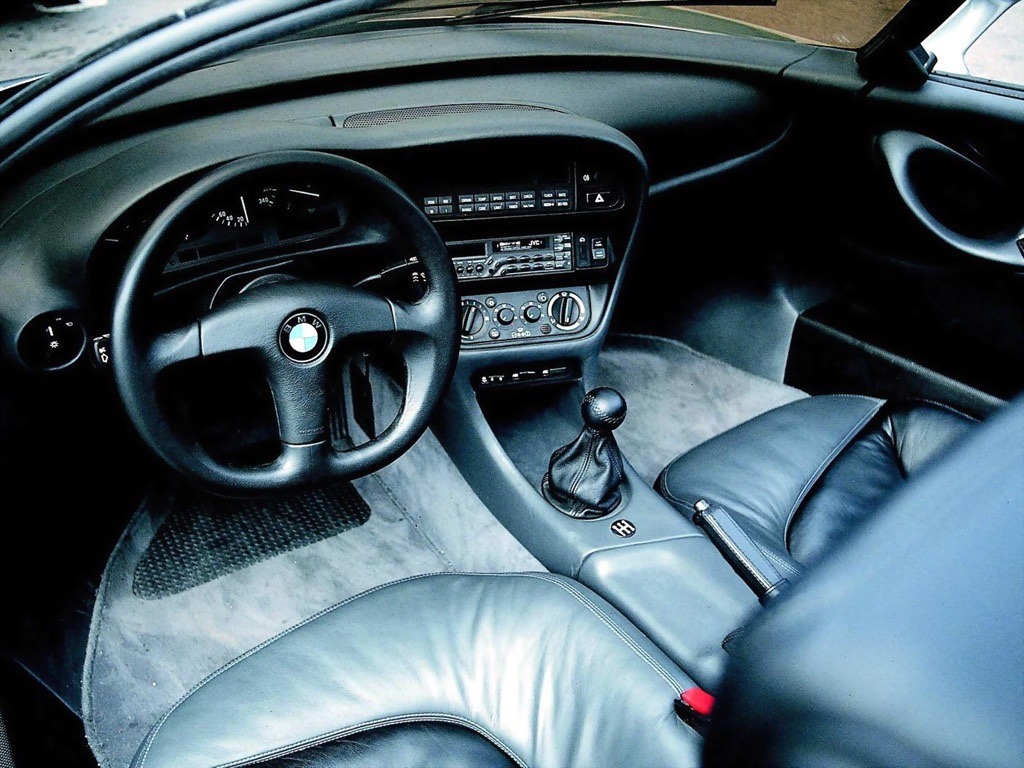
The incorporation of BMW components into the interior of the Nazca M12 by Italdesign served a dual purposeç demonstrating the adaptability of German engineering and conveying the feasibility of mass production to BMW. By seamlessly integrating elements from BMW’s E36 series, such as the climatizer and onboard computer, into the Nazca M12, Italdesign showcased the versatility of BMW’s technology. This strategic utilization not only illustrated the seamless compatibility of German engineering components within the Nazca M12 but also sent a clear message to BMW regarding the ease of mass-producing this collaborative masterpiece. Moreover, the collaborative synergy extended beyond the E36 series, with Italdesign sourcing additional components from BMW’s existing lineup. Headlights and indicators, for instance, were borrowed from the BMW Z1 and the BMW GS80 motorbike, further emphasizing the collaborative bond between Italdesign and BMW. These choices were not arbitrary; instead, they were deliberate selections aimed at demonstrating the practicality and ease with which the Nazca M12 could be integrated into BMW’s existing production frameworks.
Evolution of the Nazca: The C2
A year after the Nazca M12’s debut, the evolution continued with the introduction of the Nazca C2 in 1992. This variant featured a redesigned front, relocating the headlamps beside the kidney grille, and a modified engine. Notably, the involvement of German manufacturer Alpina in the project added a new dimension to the Nazca C2’s performance capabilities.
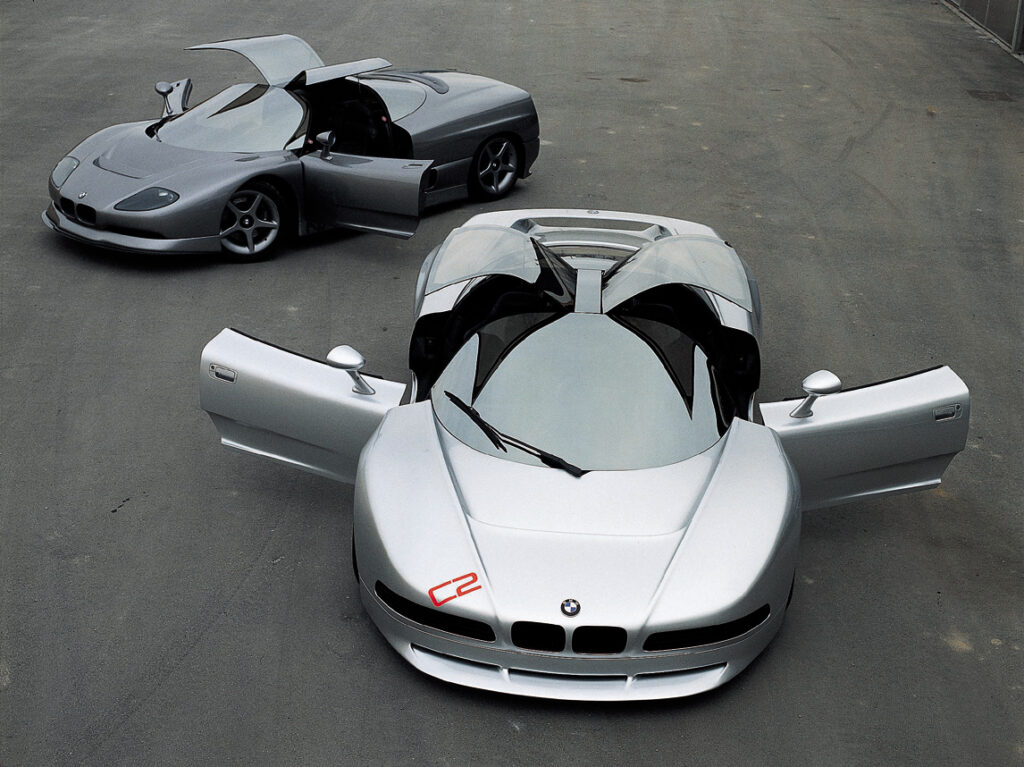
Alpina’s contribution to the Nazca C2 included a modification of the engine, resulting in an additional 49 horsepower. This enhanced engine, shared with the Alpina B12 5.0, elevated the Nazca C2’s performance to new heights. The C2 also featured fixed racing seats and three rear spoilers, signaling its race-inspired status.
Beyond aesthetic modifications, the Nazca C2 boasted a claimed weight reduction of 100 kg compared to its predecessor. This reduction, coupled with the performance enhancements, transformed the driving dynamics of the Nazca C2, making it a worthy successor to the original M12. Also a Spider version was made.
Legacy and Limited Production
Despite the groundbreaking design and technological advancements, the Nazca M12 remained a rare gem in the automotive landscape. Originally intended as the official successor to the BMW M1, only three units were produced, each becoming a collector’s item. The original showcar is part of the Giugiaro Collection.
Today, these limited-edition vehicles stand as a testament to the indomitable spirit of collaboration between two automotive powerhouses. The BMW Nazca M12, a symphony of artistry and engineering excellence, continues to captivate enthusiasts and collectors alike with its enduring legacy. Its rarity, coupled with its technological innovations and avant-garde design, ensures that the Nazca M12 remains a coveted piece in automotive history.
Conclusions
The BMW Nazca M12 stands as a testament to the limitless possibilities that emerge when Italian creativity intertwines with German precision. Its design, influenced by Group C racing, pushed the boundaries of conventional aesthetics. The use of carbon fiber and the incorporation of cutting-edge technologies showcased a commitment to innovation. The Nazca C2, with its evolution, added another layer to the legacy, solidifying the collaborative efforts between Italdesign and BMW.

